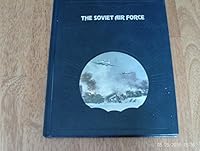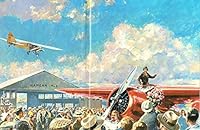Focolare: Living the Spirituality of Unity in the United States
Select Format
Select Condition 
Book Overview
"So, what do you do?" is a question many people ask members of ecclesial movements such as the Focolare. Thomas Masters and Amy Uelmen answer the question by sharing the stories of a diverse array of individuals - children, teenagers, young adults, married couples, senior citizens, single men and women, sisters, priests, and bishops - who are part of the Focolare Movement. Each person has been struck by the same profound realization that inspired the Movement's founder, Chiara Lubich, during the bombardment of Trent in World War II: God is Love.
The Liguorian, October 2011
Through these personal narratives, readers will discover the Focolare's essential spiritual and practical values, the various "vocational paths" its members follow, and its effectiveness in engaging contemporary American cultural questions and values such as happiness, freedom, community, and commitment to the common good in public life.
"The Focolare Movement has brought the Gospel alive for millions across the world, but it is still somewhat better known in Europe than in the United States. Now, this marvelous new book shares the captivating stories of a variety of Americans whose lives have been transformed by an encounter with Christ, who find inspiration in the life of the great Chiara Lubich, and who share their faith and work together in community. This is an inviting, inspiring and invaluable introduction to one of the great new adventures in the Church today." James Martin, S.J."In its simplest description, Focolare is an international organization founded in 1943 in northern Italy by Chiara Lubich to promoted the ideals of unity and universal brotherhood. Primarily a Roman Catholic movement, Focolare embraces the major Christian denominations as well as other world religions. Thomas Masters and Amy Uelmen seek to answer the question, "So, what do you do?" by chronicling the personal narratives of Focolare members. The authors believe the movement is best understood through the examples of those who live its spirituality. They further suggest that the idea of unity through diversity is not unique to Focolare but is actually part of the cultural history of the United States."
The Liguorian, October 2011
Format:Paperback
Language:English
ISBN:156548374X
ISBN13:9781565483743
Release Date:March 2011
Publisher:New City Press
Length:226 Pages
Weight:0.70 lbs.
Dimensions:0.9" x 5.3" x 8.4"
Customer Reviews
1 customer rating | 1 review
There are currently no reviews. Be the first to review this work.











































